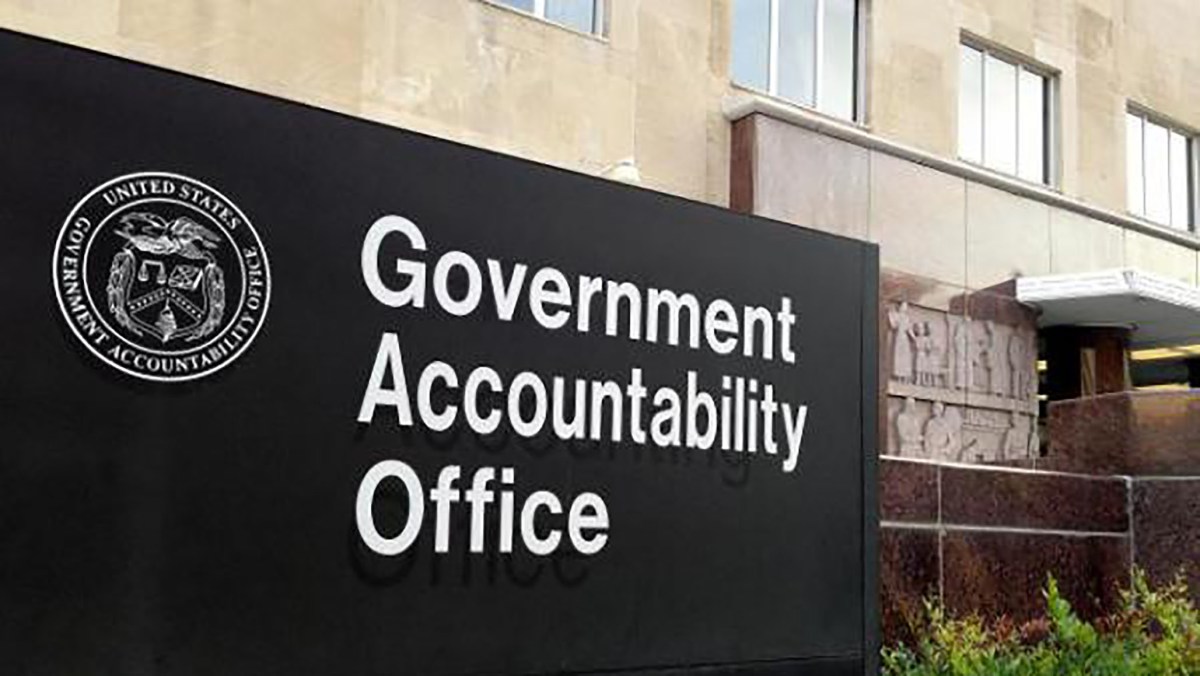New Law Requires FAR Changes on Organizational Conflicts of Interest (OCI)
By Alan Chvotkin on December 28, 2022.
One of the last legislative actions taken at the close of the 117th Congress was passage by the House of Representatives of the “Preventing Organizational Conflicts of Interest in Federal Acquisition Act” on December 14, 2022. The president signed that bill into law on December 27, 2022. Enactment marks the end of a journey that began in the United States Senate with the introduction of this legislation (S. 3905) in March by two Democratic and two Republican Senators who are members of the Homeland Security and Government Affairs Committee, and unanimous passage of an amended version of the bill by the United States Senate on August first.
Similar legislation was introduced in the House in April by Oversight and Reform Committee chair Maloney, following her release of an interim majority staff report that looked at issues related to potential conflicts of interest by McKinsey & Company concerning their work at the Food and Drug Administration while also working with certain opioid manufacturers. The House approved the Senate-passed bill on a largely party-line vote of 219-205.
I previously posted two blog posts on June 6, 2022 [Click Here] and on August 25, 2022 [Click Here] that traced the congressional actions relating to this bill and related legislation, as well as highlighting recent Government Accountability Office (GAO) bid protest decisions challenging awards based on allegations of improper conflicts of interest.
Under this new law, within 18 months after enactment, the Federal Acquisition Regulatory Council is directed to amend the Federal Acquisition Regulation (FAR) to:
- Provide and update definitions on specific types of organizational conflicts, including the three types of conflicts that have long been recognized by GAO bid protest decisions: (a) unequal access to information; (b) impaired objectivity; and (c) biased ground rules.
- Include examples of potential conflicts of interest based on contractors’ relationships with public, private, domestic and foreign entities.
- Provide solicitation provisions and contract clauses directing contractors to disclose potential organizations conflicts. The current FAR does not have a standard OCI solicitation or contract clause, although a few agencies, such as DoD, FDA and Department of Education, have agency supplemental acquisition regulations that impose varying degrees of disclosure responsibilities on bidders and contract awardees.
- Require agencies to establish and update their internal procedures to implement these changes.
- Allow contracting officers to consider professional standards to prevent organizational conflicts of interest affecting bidders and awarded contractors.
I don’t expect a proposed FAR rule to be issued until late summer or early fall 2023. I’ll use future editions of this column to keep you up to date. In the interim, federal contractors would be well advised to look at their company policies regarding all forms of personal and organizational conflicts of interest, and review actions they can take to minimize and mitigate any that arise.
With the close of the 117th Congress, a House bill (HR 8325) introduced by Oversight and Reform Committee chair Maloney relating to personal conflicts of interest failed to get traction. Like the OCI bill that was enacted into law, this proposed legislation directs the Federal Acquisition Regulatory Council to (1) expand the scope of rules to prevent personal conflicts of interest beyond the limited types of functions or services that are currently addressed in a specified part of the Federal Acquisition Regulation (FAR), and (2) revise the FAR to address the functions and services that give rise to heightened concerns for personal conflicts of interest. In addition, the bill prohibits contractors, contractor employees, and subcontractors and their employees from providing services supporting the regulatory, policymaking, or adjudicative functions of an agency while at the same time that contractor, employees, or subcontractor provides services to an entity regulated by, or having non-routine business before, the agency, except where there is a compelling reason, as documented in writing.
While the Committee favorably ordered the bill reported on July 20, 2022, it was never formally filed by the Committee and thus never considered by the House and will have to be reintroduced in the new Congress. There was no companion bill introduced in the Senate. But Mrs. Maloney was not reelected and she had no cosponsors of her bill as introduced, so a new sponsor of the bill will have to be found for the new Congress. I’ll be reporting on developments on this issue, too.
Nichols Liu has extensive expertise in this area and can help you attain your compliance goals through an assessment of your company’s organizational and personal conflicts of interest policies and related matters. Please contact the author of this article or the Nichols Liu attorneys with whom you regularly work.




